Energy Ratings
Maximize Your Home's Efficiency with TCC's Expert Guide to HVAC Energy Ratings
Understanding HVAC energy ratings can seem complex, but optimizing your home’s comfort and energy efficiency is well worth the effort. At TCC, we simplify the process, guiding you through SEER, AFUE, and HSPF ratings and demonstrating how choosing high-rated systems can lead to significant cost savings and environmental benefits. As your trusted Lennox Premier Dealer, we’re here to help you make informed decisions that benefit both your wallet and the planet.
The ABCs of HVAC Energy Ratings
Understanding the Basics of HVAC Energy Efficiency
Navigating the world of HVAC systems can be overwhelming, especially when faced with various energy ratings and technical terms. At TCC, we’re here to simplify it for you. Here’s a quick guide to the key energy ratings you need to know:
SEER (Seasonal Energy Efficiency Ratio)
SEER measures the cooling efficiency of air conditioners and heat pumps over a typical cooling season. The higher the SEER, the more efficient the system, leading to lower energy bills.
AFUE (Annual Fuel Utilization Efficiency)
AFUE measures the efficiency of furnaces by calculating how much fuel is converted into heat. A higher AFUE rating means more heat is generated from less fuel, resulting in reduced heating costs.
HSPF (Heating Seasonal Performance Factor)
HSPF measures heat pump efficiency during the heating season. Like SEER, a higher HSPF rating indicates better energy performance and lower energy consumption for heating.
Understanding these ratings ensures that you select an HVAC system that optimizes comfort and minimizes costs.
Discover Your Potential Savings with
Energy-Efficient HVAC Systems
Calculate Your Savings with TCC and Lennox
Choosing an energy-efficient HVAC system is not just an investment in comfort but also in your financial future. With the advanced Lennox energy savings calculator, you can see how much you could save by upgrading to a higher SEER-rated system. Compare your current system with newer, more efficient models to estimate your savings over 5, 10, and 15 years.
Why Upgrade to Energy-Efficient Systems?
Lower Utility Bills
Systems with a higher SEER rating consume less energy, significantly reducing your monthly utility costs by up to 33% annually.
Long-Term Savings
While the upfront cost may be higher, you’ll see substantial savings over time. For example, upgrading from a 10 SEER to a 15 SEER system can result in up to $1,620 in savings over 15 years.
Environmental Impact
Reducing energy consumption means lowering your carbon footprint, contributing to a healthier environment.
Enhanced Comfort
Energy-efficient systems not only save money but also improve temperature consistency and air quality in your home.
How to Use the Cost Savings Calculator
-
Enter Your Details
Input your current system’s SEER rating and your average energy usage. -
Select a New System
Choose a new, high-efficiency Lennox system (e.g., 15 SEER) for comparison. -
See the Savings
Instantly see how much you could save over 5, 10, and 15 years with a detailed breakdown of annual energy cost reductions.
Why Energy
Ratings Matter
Why Energy Ratings Matter
Maximize Savings, Minimize Impact, Enhance Longevity
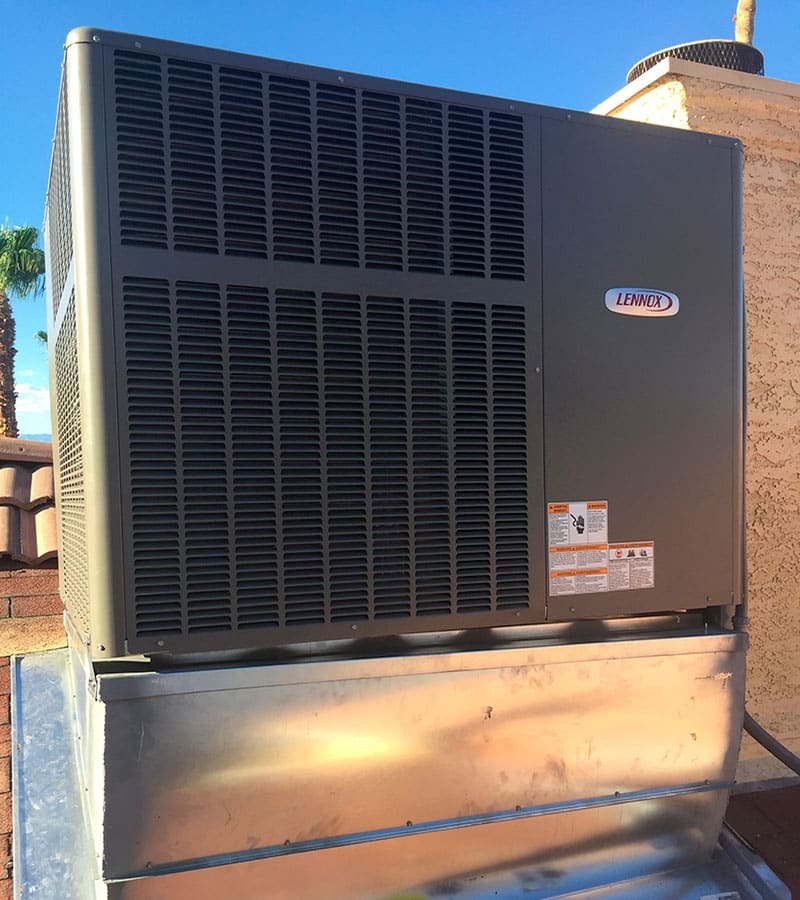
Choosing an HVAC system with high energy ratings goes beyond regulatory compliance—it’s about making a smart, long-term investment for your home. Here’s why energy ratings are so important:
At TCC, we guide you to choose systems that provide lasting comfort, savings, and environmental benefits.

Operational Cost Savings
High-efficiency systems with superior SEER, AFUE, and HSPF ratings use less energy to heat and cool your home. This means lower utility bills and significant savings over the life of the system. For example, upgrading from a SEER 10 to a SEER 16 air conditioner can reduce cooling costs by up to 37%.
Environmental Impact
Energy-efficient HVAC systems consume less fuel and electricity, resulting in reduced greenhouse gas emissions. By choosing systems with high energy ratings, you contribute to environmental conservation efforts and reduce your carbon footprint.
System Longevity
Efficient systems experience less strain during operation, leading to fewer breakdowns and a longer lifespan. This translates to reduced maintenance costs and a better return on your investment.
Improved Comfort and Performance
High-efficiency systems not only save money and energy but also provide superior performance. They maintain consistent temperatures, reduce humidity, and improve overall indoor air quality, ensuring a comfortable living environment year-round.
Understanding these benefits helps you make informed decisions that positively impact your finances, comfort, and the environment. At TCC, we guide you through selecting the best energy-efficient HVAC systems tailored to your home’s needs.
Decoding the Numbers:
Understanding HVAC Energy Labels
Make sense of HVAC energy labels to choose the right system for your home:
SEER (Seasonal Energy Efficiency Ratio)

SEER indicates cooling efficiency. A system with a SEER 16 rating is more efficient than one with a SEER 13, reducing energy use and operating costs.
AFUE (Annual Fuel Utilization Efficiency)
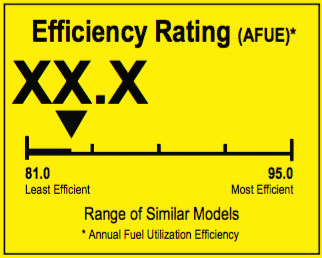
AFUE measures furnace efficiency. A furnace with a 90% AFUE rating converts 90% of its fuel into heat, with only 10% lost, maximizing energy use.
HSPF (Heating Seasonal Performance Factor)
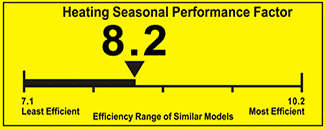
HSPF rates heat pump heating efficiency. A rating of 8 or above is considered energy-efficient, helping you save on heating costs.
ENERGY STAR Certification
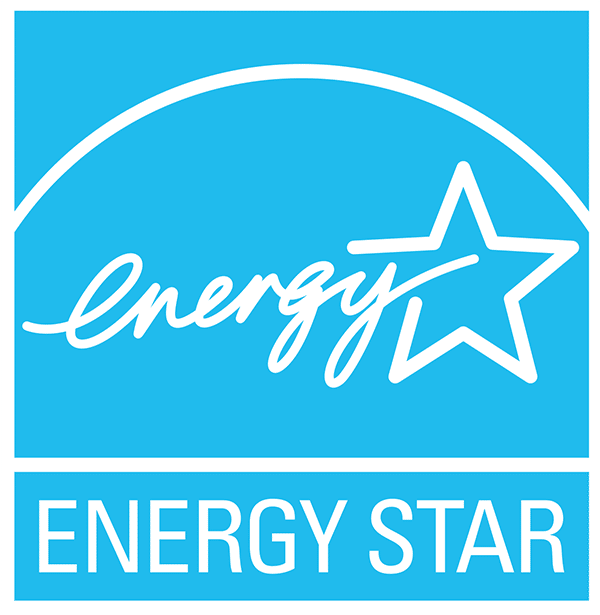
Look for ENERGY STAR labels, which identify systems that meet stringent energy efficiency standards, providing additional energy savings compared to standard models.
EER (Energy Efficiency Ratio)
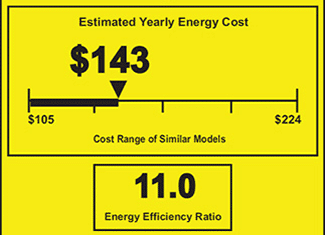
EER is similar to SEER but measures efficiency at a constant temperature, making it useful for comparing models in stable conditions.
EnergyGuide Label

The yellow EnergyGuide label provides an estimate of annual energy consumption and operating costs, making it easier to compare system efficiency.
Understanding these ratings helps you choose systems that not only meet your comfort needs but also align with your energy-saving goals. At TCC, we help you interpret these numbers to find the best solutions for your home.

TCC’s Energy-Efficient HVAC Solutions
Leading the Way in Energy Efficiency with Lennox
TCC prioritizes energy efficiency, offering a wide range of top-rated Lennox products that set the standard in the HVAC industry. Explore some of our high-efficiency systems:
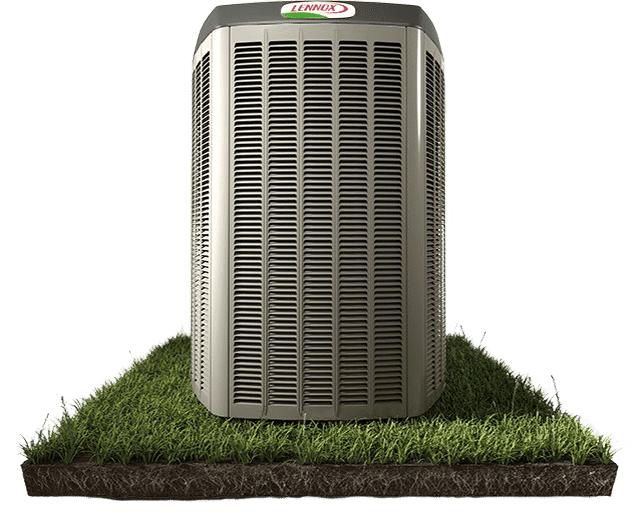
Lennox XC25 Air Conditioner
SEER Rating: Up to 26
Variable-capacity operation, solar-ready, SilentComfort™ technology
- Delivers precise cooling with maximum energy efficiency
- Lowering energy bills
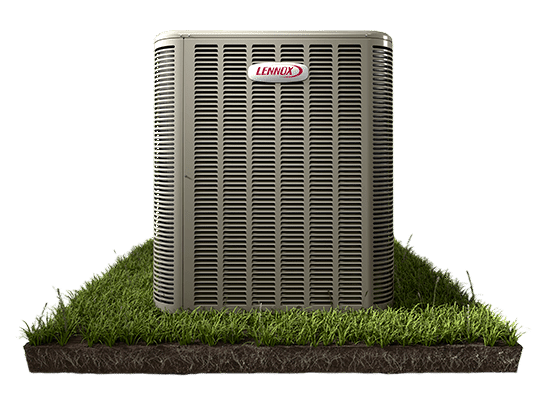
Lennox SL28XCV Air Conditioner
SEER Rating: Up to 28
Variable-speed inverter compressor, ultra-quiet operation, iComfort®-enabled
- Provides superior efficiency and performance
- Ensuring consistent comfort
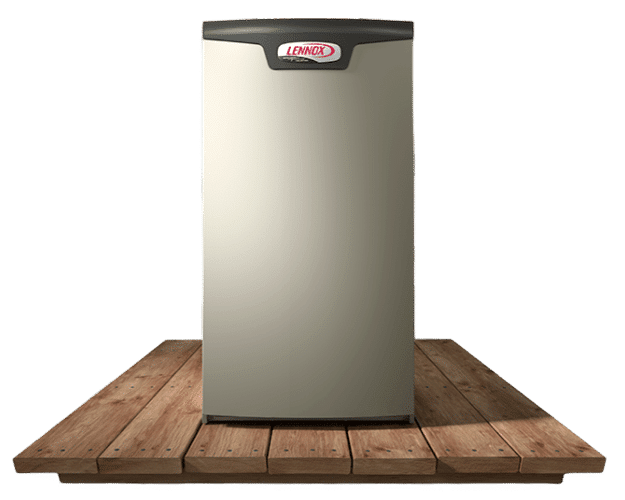
Lennox SLP99V Furnace
AFUE Rating: Up to 99%
Variable-capacity gas valve, Precise Comfort® technology
- Converts nearly all fuel into usable heat
- Lowering heating costs

Lennox XP25 Heat Pump
HSPF Rating: Up to 13
Precise Comfort® technology, SilentComfort™ technology, solar-ready
- Provides highly efficient heating and cooling
- Adapting to your needs for year-round comfort
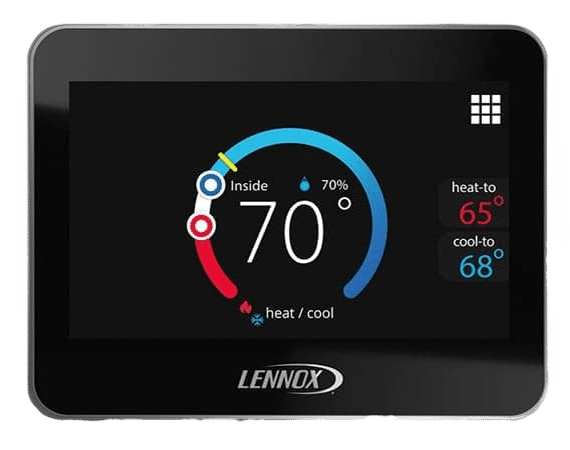
Lennox iComfort® S40 Smart Thermostat
SmartAway™ mode, Schedule IQ™ technology, remote control via app
- Learns your schedule
- Optimizing system performance for energy savings without compromising comfort
By choosing Lennox products installed by TCC, you’re investing in energy efficiency, environmental sustainability, and long-term savings.


